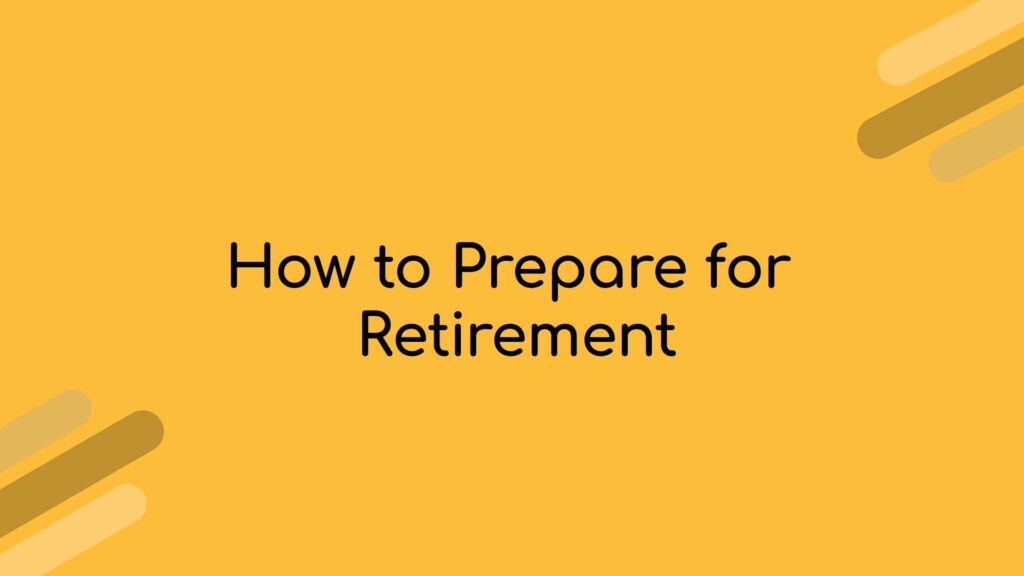According to the Wall Street Journal, many investors sold stocks and moved to the sidelines this week. (Investors Take Refuge in Cash: June 28, 2013 by Mike Cherney)
As was stated in the article:
“Amid the recent turmoil in financial markets, investors are finding some refuge in cash, analysts say.
Bond and stock mutual and exchange-traded funds saw outflows of $19.96 billion in the week ended Wednesday, according to Thomson Reuters unit Lipper. This data covers funds that report weekly.
That is the biggest outflow since August 2011, as the euro-zone debt crisis was intensifying and worries about the U.S. debt ceiling were coming to a head.”
Here’s the sad part about this. Investors and investment advisors might look at this as “self-preservation”. “You take money out of stocks when things look uncertain.” In reality, this is nothing but market timing. People often hire or don’t hire financial advisors based on whether they will “actively manage” the portfolio. They focus on the fund manager or the advisor and depend on their ability to know when to get into different stocks or market segments based on market conditions. The hiring and investing decision often comes down to a simple question: “What was their performance history?” What they don’t realize is that they are looking to find those investment people that gambled and got lucky. According to the Center for Research in Securities Prices, only 8% of the top 25% of mutual funds sorted by performance compared to their benchmark from 2002 through 2006 repeated in the top 25% in the next 5 year period. 72% ended up in the bottom 50% or didn’t even survive to the end of the period.*
There will always be a few people who miss further downturns by getting out before it continues to go down. The problem is that they also miss upturns as well. The last time that there was a large outflow from stocks, which was in August of 2011, over the next year the S&P 500 went up 18% (from September through August of the next year).
I often will tell my radio audience that I was a lousy football player. My biggest mistake was that I was always playing not to get hurt. The end result was that I often, ironically, brought on the injury I was trying so hard to avoid. The same is often true of investing. The trouble with market timing is that you have to be right twice – when you get out AND when you get back in.
Source: CRSP Survivor-Bias-Free US Mutual Fund Database.




